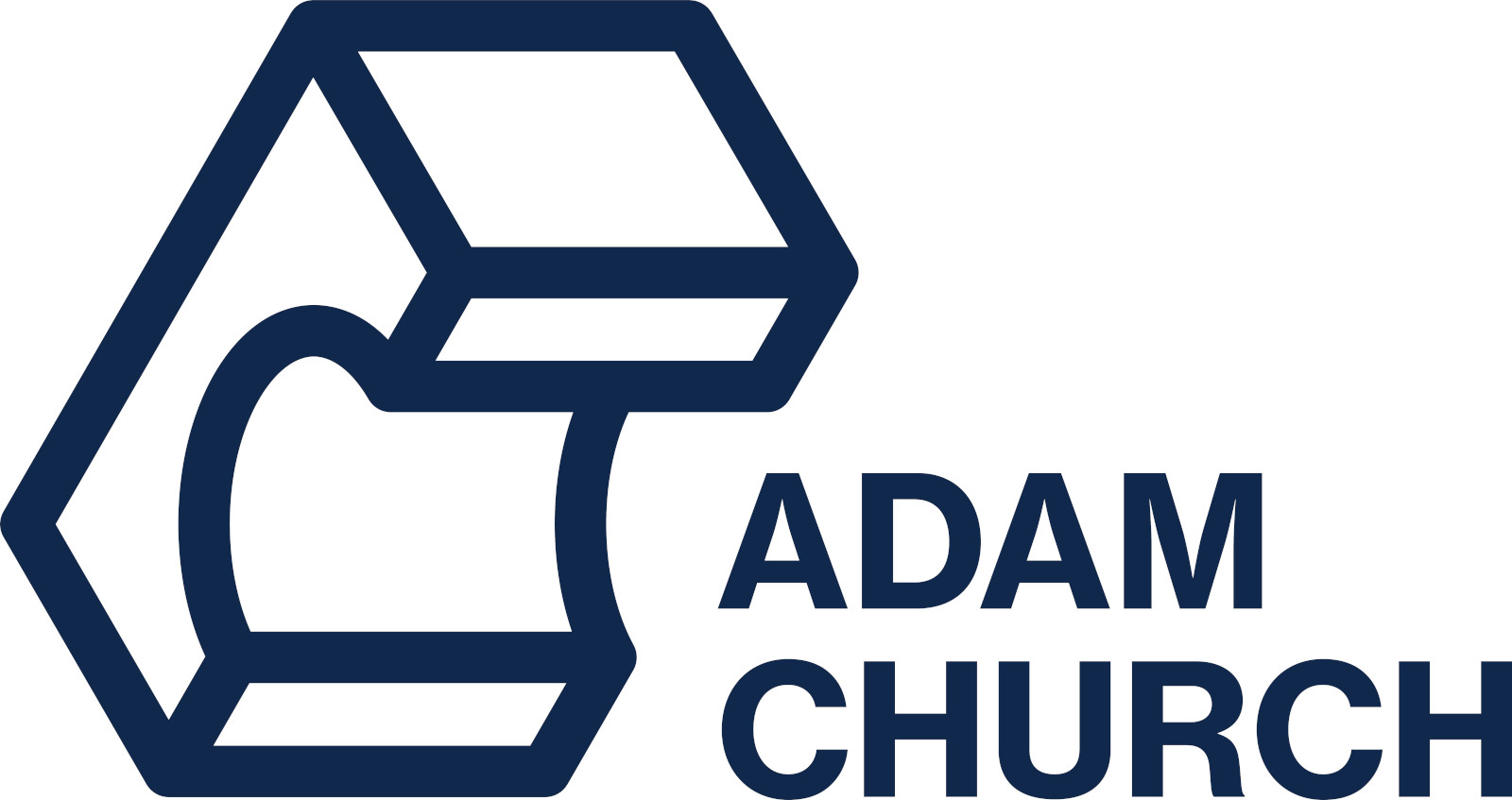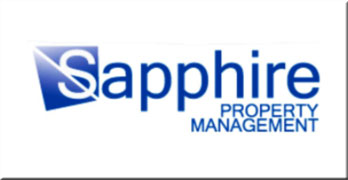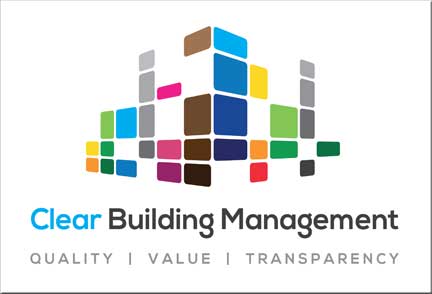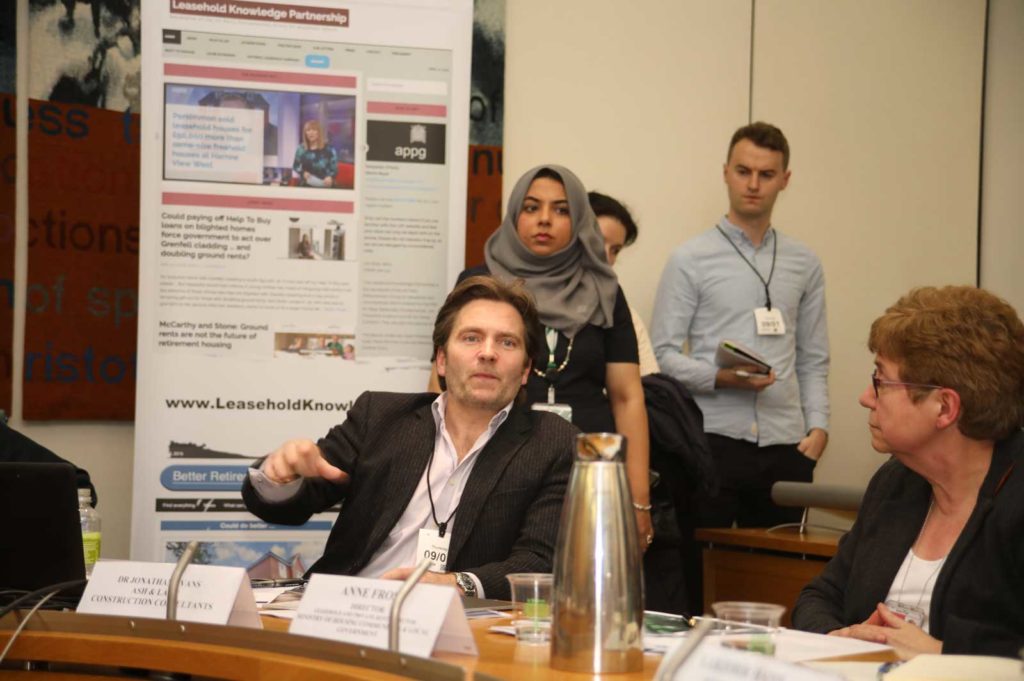
MPs at the APPG on January 9 2020 heard a depressing account of the technical errors in the government’s post-Grenfell cladding studies which had a rippling effect leading to the zero valuations on properties as a result of Advice Note 14.
“Errors did not begin in Advice Note 14 they were there in Advice Note 1,” said Dr Jonathan Evans, of Ash and Lacey, a consultancy that also produces cladding materials.
In a technical presentation, Dr Evans said that his aim was to “get over some information to leaseholders that might be useful if you have a warranty claim in your building. It might give you an idea of how to go about mitigating the situation you have.”
“I am unsure whether this work technically helps, or morally compels the government to face the fact that the situation comes back into the ownership of the government,” said Dr Evans.
The engineer is the chair of the cladding manufacturers’ technical committee and in the summer of 2017 he was appointed to as the independent technical expert during the MHCLG’s.
“In late July I said you’ve got to do two things: you have got to test other materials other than ACM (aluminium composite material, which was used on Grenfell) including high pressure laminates.
“You must also issue a matrix saying that if you have the following materials on your building this is what you have to do.
“I was kicked off the team at that point because that is not what they really wanted to hear.”
Dr Evans claims that he urged the issuing of “clear prescriptive guidance” on the cladding that should be used. But officials told him they rejected this as “we don’t want to give specific guidance because we do not want to give Rockwool (an insulation manufacturer) a monopoly of the market”.
Dr Evans said of the Hackett Report every one of 53 recommendations was based on a fallacy, owing to failure to understand what exactly was meant by limited combustibility.
He concluded: “The whole approach of MHCLG has been to absolve itself from either criminal or financial liability in this crisis.”
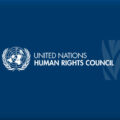




 If you want to reform enfranchisement push government hard, is message of Law Commission
If you want to reform enfranchisement push government hard, is message of Law Commission


